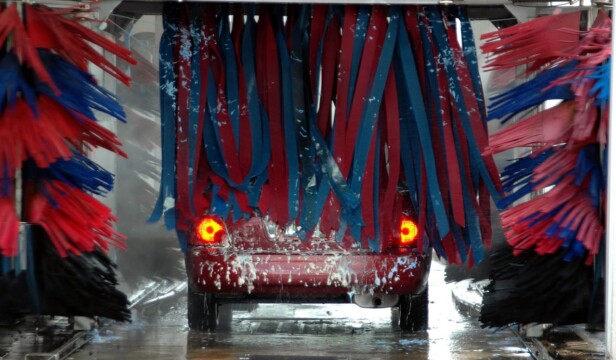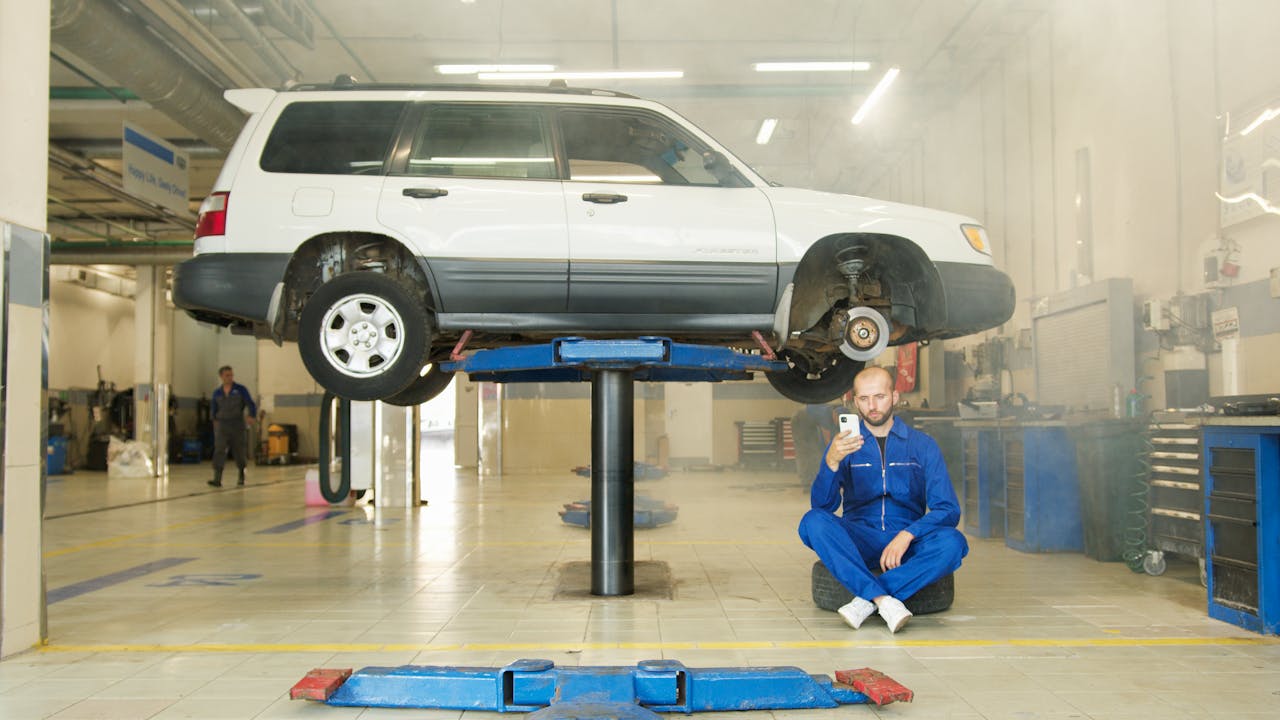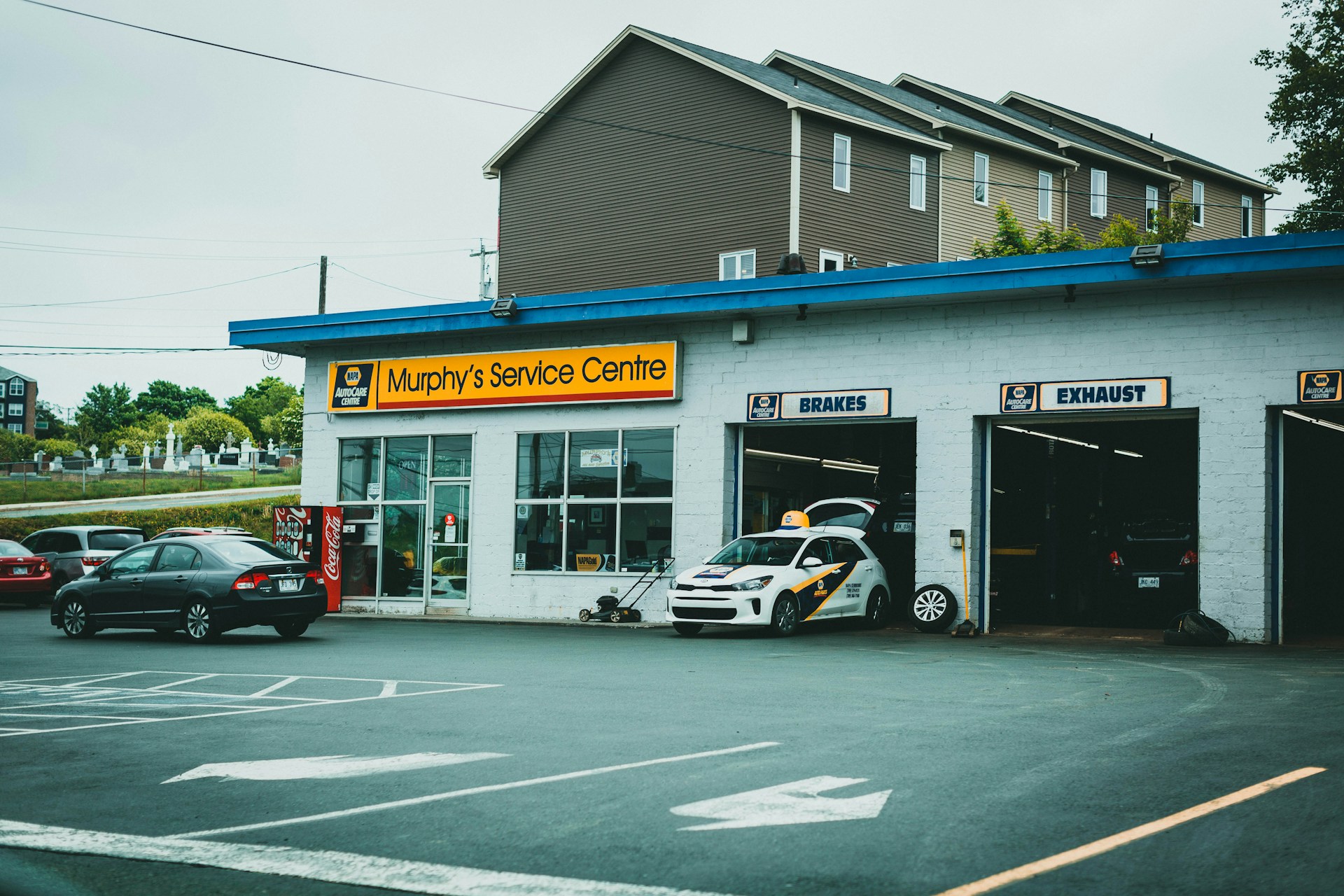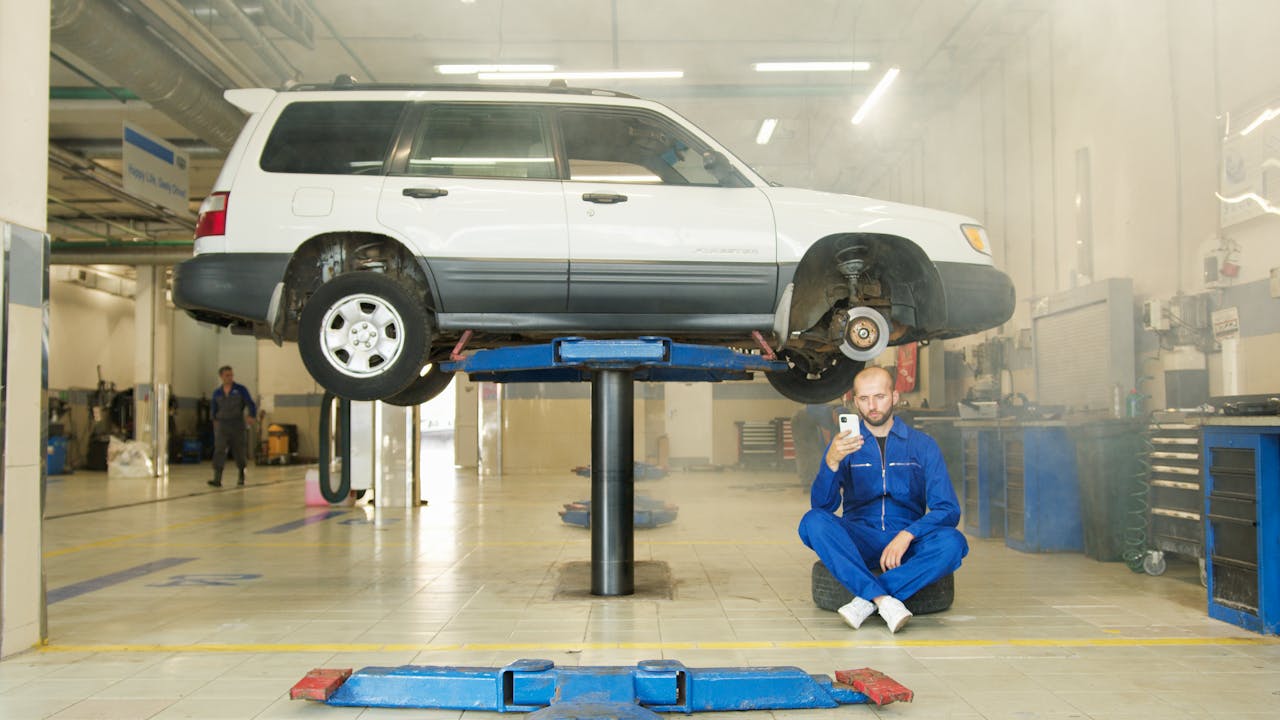San Antonio’s carwash development rules demand careful attention to equipment placement. The drive-thru car wash building code San Antonio established specific siting restrictions that can impact project feasibility from the earliest design phases.
The Unified Development Code Chapter 35 governs these requirements through amendments passed in December 2008. These supplemental use regulations address automatic self service drive-thru facilities, self-service bays, and full-service detail shops, with one critical placement rule: vacuums, carpet or steam cleaning machines, and blowers cannot be situated within required setbacks.
How Does San Antonio Define Carwash Types In Chapter 35?
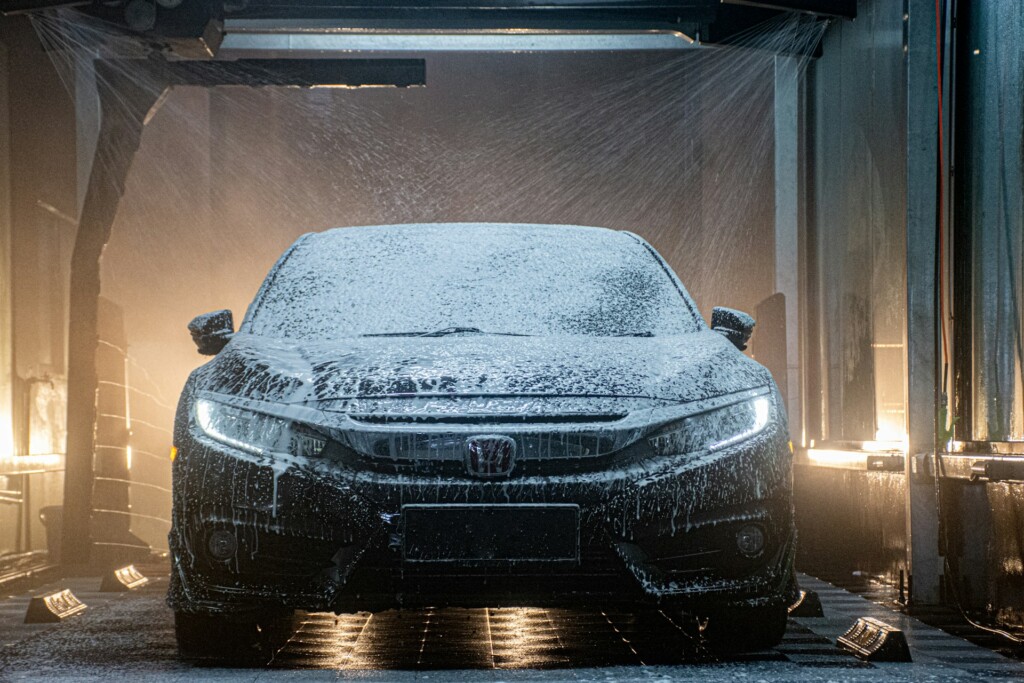
The Unified Development Code establishes three distinct carwash classifications that determine how we approach project planning and construction compliance. Each definition carries specific operational parameters that shape site design and equipment placement strategies.
Self-Service Carwash Operations
The UDC defines self-service carwashes as facilities where customers handle all vehicle maintenance tasks personally. Cleaning, washing, drying, polishing, waxing, vacuuming, and detailing of automobiles and light trucks occurs through manual customer effort rather than automated systems.
We design these facilities with individual wash bays that provide customers direct access to cleaning equipment. The layout typically includes multiple stations where vehicle owners control the washing process from start to finish.
Automatic Self Service Drive-Thru Facilities
Automated mechanical equipment defines the automatic self service drive-thru category according to San Antonio’s carwash definitions. These systems clean, wash, dry, polish, and wax vehicles through mechanical processes while cars remain stationary or move through a conveyor belt system.
When we construct these facilities, the conveyor belt system becomes the central design element. The automated mechanical equipment handles the entire washing sequence without customer involvement beyond driving into position and selecting service options.
Full Service And Detail Shop Classifications
The third classification covers full service and detail shops where employees or attendants perform manual detailing and cleaning services. These facilities may combine hand work with automated equipment to deliver comprehensive vehicle care services.
We approach these projects with mixed operational zones that accommodate both manual detailing areas and any automated equipment integration. The facility design must support employee workflow while maintaining efficient service delivery for various vehicle types.
What Siting Rule Applies To Vacuums And Blowers At Carwashes?
Section 35-395 (Carwashes) establishes one clear placement restriction for carwash facilities. The supplemental use regulations state that “Vacuums, carpet/steam cleaning machines and blowers shall not be situated within the required setbacks.”
This rule directly impacts site layout decisions we make during the design phase. When we evaluate a carwash project, we identify all required setbacks first, then position vacuum stations, carpet cleaning equipment, and blowers outside these restricted zones.
The placement restriction affects both self-service and full-service facilities. Self-service carwashes typically dedicate significant space to vacuum stations, while full-service operations may include carpet cleaning machines and industrial blowers for vehicle drying. All of these components must remain clear of front, side, and rear setback areas defined in the zoning district.
We coordinate vacuum and blower placement with other site elements during layout development. Traffic circulation patterns, queuing areas, and equipment access all compete for the buildable area outside required setbacks. Tight sites may require creative positioning to accommodate both the siting rule and operational flow.
Where Do Use Permissions And Parking Appear In The UDC Amendments?
The 2008 carwash ordinance extended beyond specific siting rules to modify two fundamental components of the UDC framework. Section 35-311 (Use Regulations) received updates to integrate carwash operations into the broader zoning structure. Table 526-3b (Parking in Non-Residential Use Districts) was also amended to establish parking standards for these facilities.
Section 35-311 serves as the master use regulations table that determines which activities are permitted in each zoning district. The carwash amendments added these facility types to the appropriate zoning categories, allowing them to operate where the use classification permits. This integration ensures carwash projects align with the overall land use framework rather than existing as isolated regulations.
Table 526-3b addresses parking requirements across all non-residential uses in San Antonio. The 2008 amendments included carwash facilities in this comprehensive parking framework, establishing minimum vehicle space requirements based on the type and scale of the operation. We coordinate these parking standards with the specific siting requirements when planning carwash layouts.
For any carwash project, we reference both sections alongside Section 35-395 to ensure complete code compliance. The use regulations determine where the facility can be located within the zoning structure. The parking requirements establish how many spaces must be provided. The carwash-specific siting rules then govern the placement of equipment like vacuums and blowers within the required setbacks.
Conclusion And Next Steps

San Antonio’s 2008 UDC amendments brought clarity to carwash development by establishing specific definitions for each facility type and implementing critical siting requirements. The most important rule to remember: vacuums, carpet or steam cleaning machines, and blowers cannot be placed within required setbacks. This single requirement shapes how we approach site layout and equipment placement during the design phase.
The development path forward involves three key steps. First, classify your carwash project using the UDC definitions to determine whether it falls under self-service, automatic self-service drive-thru, or full-service categories. Next, design the site layout to comply with Section 35-395 placement requirements, ensuring all restricted equipment stays outside setback areas. Finally, cross-reference Section 35-311 and Table 526-3b to verify use permissions and parking standards align with your project’s classification. The City Council ordinance became effective December 21, 2008, making these requirements enforceable for all carwash developments since that date.
Ready to navigate San Antonio’s carwash development requirements? Contact EB3 Construction to ensure your project meets all UDC compliance standards.

